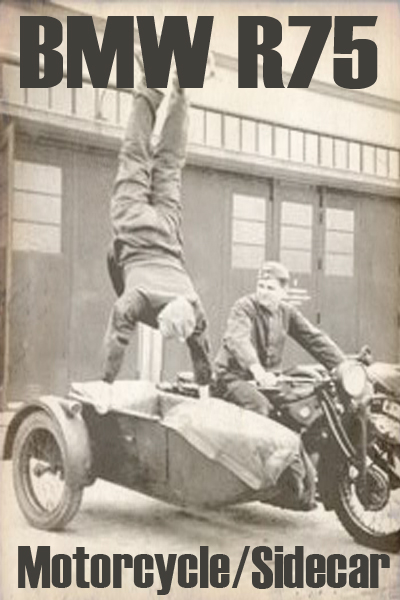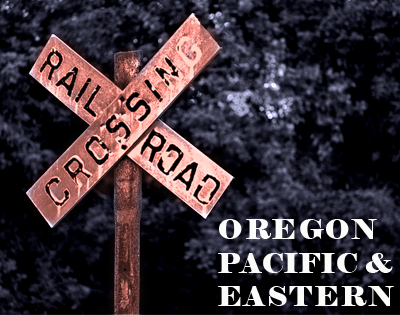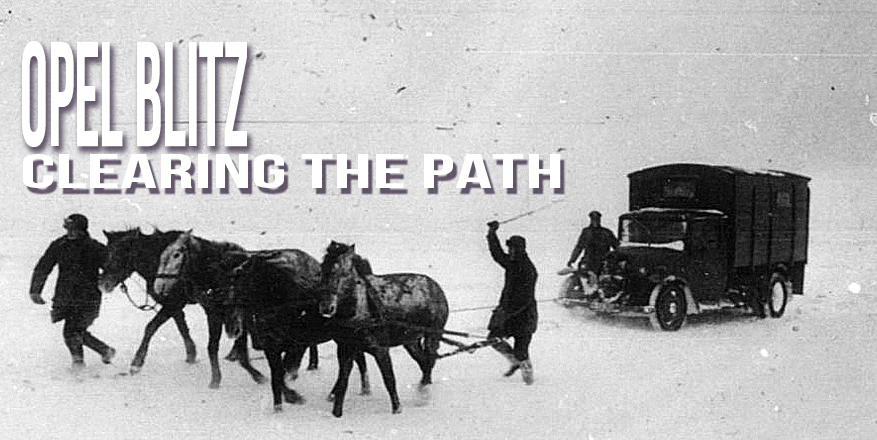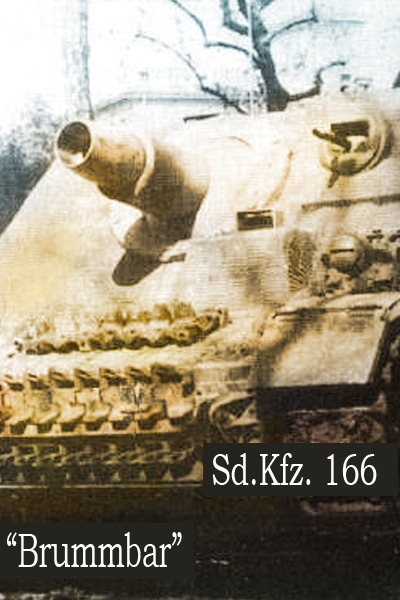 The following article is excerpted from Issue 3 and Issue 4 of The Weathering Magazine. Issue 3 was my first collaboration with the magazine – The Chipping Issue. The feature article was this Diamond Rio truck on which I demonstrated techniques and thought about how to simulate wear and tear on newer, composite type vehicles.
The following article is excerpted from Issue 3 and Issue 4 of The Weathering Magazine. Issue 3 was my first collaboration with the magazine – The Chipping Issue. The feature article was this Diamond Rio truck on which I demonstrated techniques and thought about how to simulate wear and tear on newer, composite type vehicles.
Many newer vehicles have bodies made from composite materials that do not rust, yet the paint may still wear and chip. In this article we will apply our chipping techniques to a modern Big-Rig tractor in order to achieve a worn, well weathered appearance. For our demonstration we can imagine a long-haul truck that has driven many thousands of highway miles. Over time the effects of road grime, sun, road salts and weather have taken a heavy toll on the finish of our truck. Eventually a mechanical problem has caused our truck to be retired off of the road where it sits forgotten, parked behind the mechanics shop.


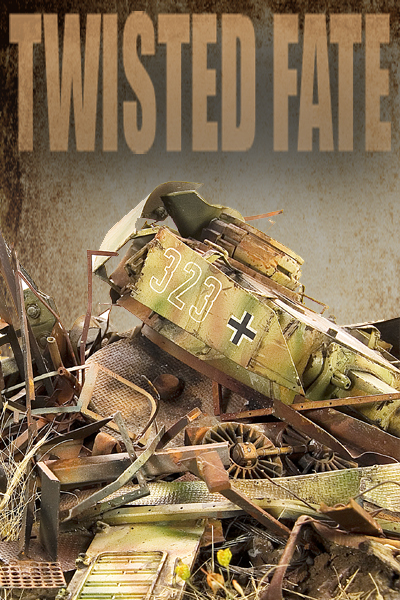 The Caterpillar D7 series medium bulldozer began service with the U.S. military during World War II. With upgrades and changes, it has been a workhorse for the U.S. Military for over fifty years, fulfilling its primary earth moving role as well as a host of other roles discovered for it, for example mine clearing with a special flail adapter kit. As is so often the case, the idea for this project is based upon a photograph showing a D7 Dozer in action during World War II clearing the wreckage of a Panzer IV from the roadway.
The Caterpillar D7 series medium bulldozer began service with the U.S. military during World War II. With upgrades and changes, it has been a workhorse for the U.S. Military for over fifty years, fulfilling its primary earth moving role as well as a host of other roles discovered for it, for example mine clearing with a special flail adapter kit. As is so often the case, the idea for this project is based upon a photograph showing a D7 Dozer in action during World War II clearing the wreckage of a Panzer IV from the roadway.
